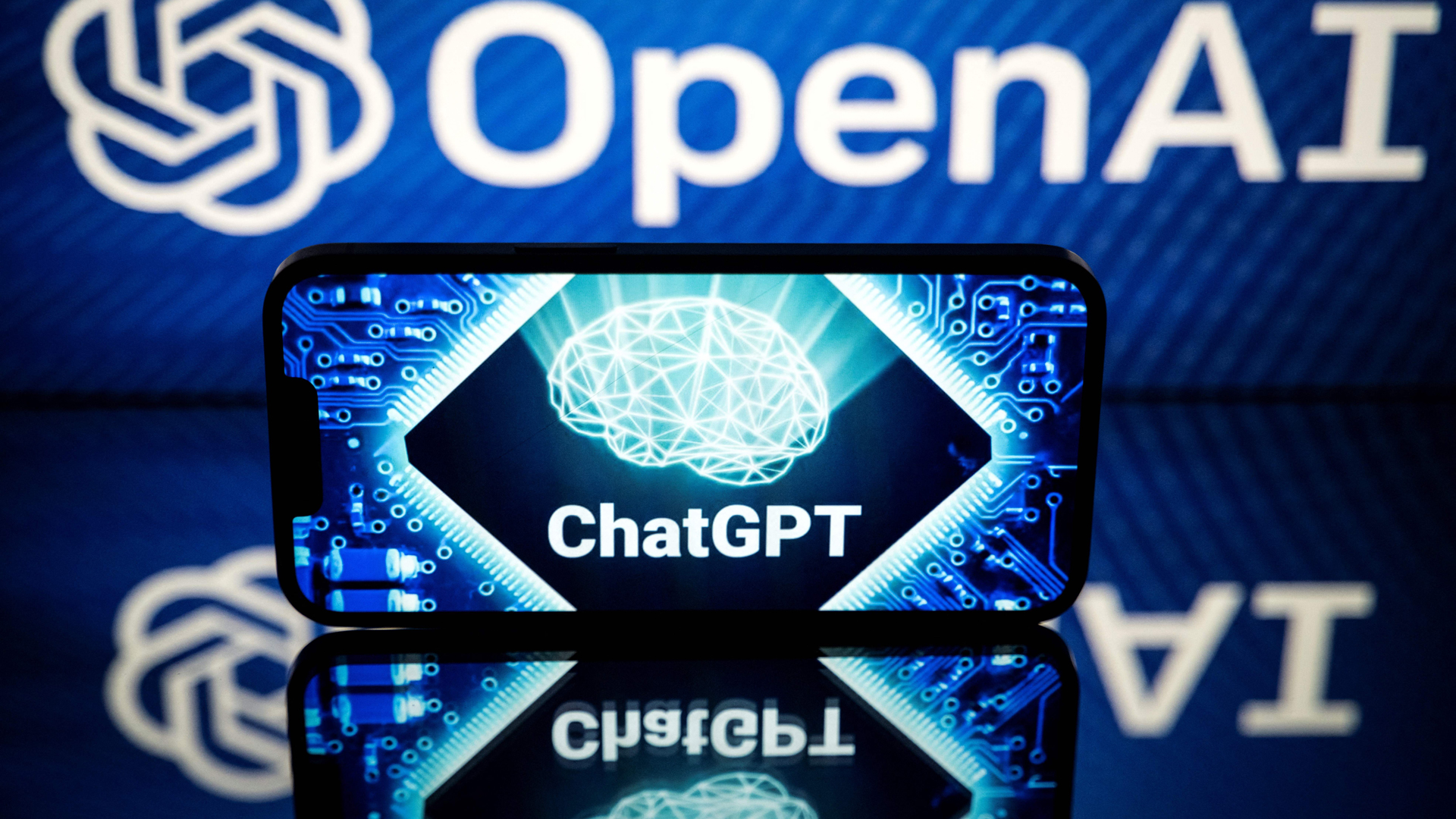ChatGPT 5.1 could launch soon - 5 features we’d love to see from OpenAI’s next generation chatbot

When ChatGPT-5 debuted earlier this year, it arrived with a long list of promises. OpenAI boasted about its better reasoning and more stable personality with multimodal flexibility. And to its credit, it largely delivered. GPT‑5 is sharper, smoother, and far more versatile than its predecessors.
But the appetite for improvement never really goes away. According to the latest rumors, GPT-5.1 is rapidly approaching rollout and while its details are still vague, there are certainly some improvements worth anticipating.
If you're looking for proof that the next version of ChatGPT will be called GPT-5.1 then check out this tweet from @TestingCatalog that shows that references to "gpt-5-1-thinking" have been spotted in ChatGPT code.
Here are five hopes for ChatGPT 5.1.
BREAKING 🚨: GPT-5.1 confirmed as new traces of "gpt-5-1-thinking" have been spotted on ChatGPT. Gemini 3 vs GPT 5.1 soon 🥊 https://t.co/npmNxIWm6W pic.twitter.com/qAN1p655ckNovember 6, 2025
1. Memory that remembers what to remember

ChatGPT’s memory has long been a source of both promise and mild heartbreak. With GPT‑5, OpenAI extended the context window so generously that you can now cram in an entire novel, its sequel, your to-do list, and a debate about the best Spider-Man.
GPT‑5 can juggle astonishingly large amounts of information in a single conversation, but its long-term memory is still sometimes a little iffy, despite ChatGPT's existing memory features. And even when it does remember, the details it clings to can feel oddly chosen.
GPT-5.1 might end up being better at keeping track of your preferences and projects without having to be as often, or with better continuity in general. Because what people want from 5.1 is a smart memory that’s contextually relevant and knows what to carry forward and what to let go.
Sign up for breaking news, reviews, opinion, top tech deals, and more.
2. Creative multimodality
GPT‑5’s multimodal chops are impressive. It can take images, audio, and text all in one go, describing what it sees, summarizing a chart, or analyzing a photo. It’s even capable of basic visual reasoning. But what it still lacks is creative cohesion across media: the ability to take messy, human input from multiple formats and merge it into something that feels artistically whole.
But what it still doesn’t quite do naturally is combine those modes. GPT‑5 knows how to respond to an image or a voice note. It doesn’t yet know how to work with them all together. There’s a difference between “this is a photo of a living room” and “I see what you’re going for here, let me improve the layout, adjust the lighting, and suggest a style that matches your taste.” People want it to be better not just at understanding inputs, but at interpreting intention across formats.
3. Grounded knowledge

With GPT‑5, factual grounding took a respectable step forward. The model hallucinates less frequently, checks its math more often, and can browse the web when needed to pull in real-time information. But, while GPT‑5 is more careful, it still doesn’t always know when it’s wrong.
What users want from 5.1 is not just less hallucination but more verification. If it cites a source, it should mean it. If it offers a data point, it should be able to show its work. The dream is an assistant that acts like a slightly obsessive fact-checker. GPT‑5 gave us a better-reasoned assistant. ChatGPT-5.1 could give us one that’s trustworthy by design, not just by comparison.
4. Real automation

GPT‑5 can be more than just a text model. It's a platform that runs mini-missions. But those missions still require a captain. Every step needs supervision.
AI agents promise more automation, and while GPT‑5 introduced tool use and agentic reasoning, that seemed like a preview of something bigger. ChatGPT-5.1 could take further steps toward automated follow-through, where the model doesn’t just reason out the steps to complete a task; it would use tools, context, past preferences, and external calendars without tripping over itself to complete the task on your behalf.
5. Crossover appeal

If you use ChatGPT regularly, you know it's not great at maintaining the tone you request. GPT‑5 is noticeably better at it, but the personality is still largely reactive. You ask for something formal, and it complies. You ask for Gen Z-coded sarcasm, and it switches gears. But you always have to ask.
What many people want from 5.1 is personality stickiness, not in the clingy roommate way, but in the sense that it remembers how you like things to be written, even when you’re not explicit about it every time. It's more than just memory; it's a way of thinking about how you use language. Like, saying that “make it short” means 200 words or that snappy banter means witty one-liners, not knock-knock jokes.
GPT‑5 is capable of brilliant mimicry, but it needs coaching. GPT-5.1 might be able to develop a kind of style fluency that lets you use shorthand for your requests instead of having to explain what defines budget-friendly or anything else.
Individually, each of these improvements might sound incremental. But together, they point toward a broader evolution. ChatGPT‑5 showed us what a highly capable language model looks like with a leap in scale and multimodal breadth. ChatGPT-5.1 integrates all of those capabilities so well that you stop having to spend as much time thinking about how to use the chatbot as you do actually using it.
Follow TechRadar on Google News and add us as a preferred source to get our expert news, reviews, and opinion in your feeds. Make sure to click the Follow button!
And of course you can also follow TechRadar on TikTok for news, reviews, unboxings in video form, and get regular updates from us on WhatsApp too.

➡️ Read our full guide to the best business laptops
1. Best overall:
Dell Precision 5690
2. Best on a budget:
Acer Aspire 5
3. Best MacBook:
Apple MacBook Pro 14-inch (M4)

Eric Hal Schwartz is a freelance writer for TechRadar with more than 15 years of experience covering the intersection of the world and technology. For the last five years, he served as head writer for Voicebot.ai and was on the leading edge of reporting on generative AI and large language models. He's since become an expert on the products of generative AI models, such as OpenAI’s ChatGPT, Anthropic’s Claude, Google Gemini, and every other synthetic media tool. His experience runs the gamut of media, including print, digital, broadcast, and live events. Now, he's continuing to tell the stories people want and need to hear about the rapidly evolving AI space and its impact on their lives. Eric is based in New York City.
You must confirm your public display name before commenting
Please logout and then login again, you will then be prompted to enter your display name.